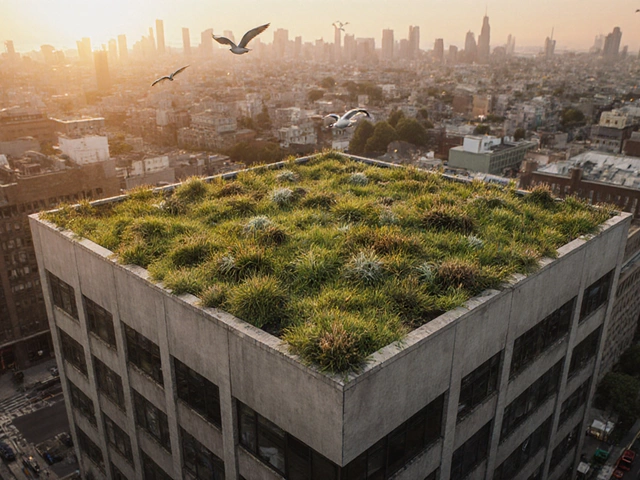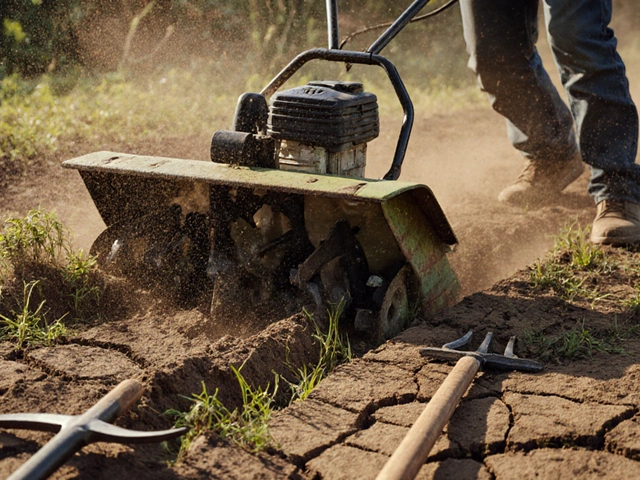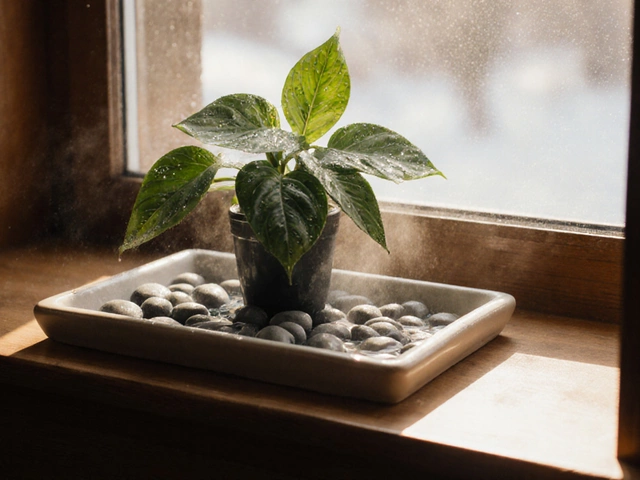Drip Tape – The Simple Way to Water Your Garden Efficiently
If you’ve ever wished for a garden that drinks just the right amount of water, drip tape is the answer. It’s a thin, flexible tube with tiny emitters that release water straight to the root zone. No more wasted spray, no soggy leaves, and no guess‑work about how much to water. In India’s varied climates, that precision can mean the difference between a thriving patch and a dry, struggling one.
What Is Drip Tape and How It Works
Drip tape is essentially a pressure‑regulated, low‑flow irrigation line. Unlike traditional drip emitters that are spaced a few inches apart, tape runs in a straight line and lets water seep out continuously along its length. The emitters are tiny perforations – usually 0.5 mm – that give a steady trickle of water. Because the water is delivered directly to the soil, evaporative loss drops dramatically, saving up to 60% of the water you’d lose with sprinklers.
In practice, you lay the tape on the ground, cover it with a thin layer of mulch, and connect it to a timer or a low‑pressure pump. The tape can be buried a few centimeters deep if you want extra protection from UV and pests. One of the posts on our site, “How Deep Should Drip Irrigation Lines Be Buried? Guide for Optimal Water Delivery,” explains why burying tape at the right depth (usually 5‑10 cm) helps maintain consistent flow and reduces clogging.
Practical Tips to Install and Save Money
Here’s a quick checklist to get your drip tape up and running without breaking the bank:
- Plan your layout. Sketch the rows or beds you want to water. Keep the tape length manageable – long runs need pressure regulators to avoid uneven flow.
- Choose the right tape. For vegetable beds, use 16‑mm tape with emitters every 30 cm. For larger fruit trees, a 20‑mm tape with wider spacing works better.
- Prime the system. Run water through the tape for a few minutes before planting. This flushes out air pockets that can cause blockages.
- Use a timer. Set watering early morning or late evening to cut evaporation. Even a simple mechanical timer can shave hours of water use each week.
- Cover with mulch. A thin layer of straw or compost protects the tape, holds moisture, and keeps weeds down.
Cost worries? Our article “Why Is Drip Irrigation So Expensive? Breaking Down the Real Costs and Saving Tips” points out that the biggest price tag comes from the initial tubing and fittings. To lower it, buy tape in bulk, reuse fittings, and opt for locally made products. DIY connectors can cut expenses further.
Maintenance is straightforward. Check the tape once a month for clogs – a simple push of a thin wire can clear most blockages. If you notice uneven wet spots, adjust the pressure or check for leaks at the ends.
Whether you’re a hobbyist with a balcony garden or a farmer scaling up to a small field, drip tape adapts. It works with surface irrigation for raised beds and can be buried for subsurface setups, as explained in our “Main Types of Drip Irrigation: Surface vs. Subsurface Explained for Gardeners.” The flexibility means you can start small and expand as your confidence grows.
In short, drip tape offers water savings, healthier plants, and lower utility bills. Start with a short run, test the flow, and watch your garden thank you with greener leaves and bigger yields. Ready to ditch the hose and give your garden the precise drink it deserves?
Drip Tape vs Drip Line: The Ultimate Guide for Efficient Watering
Confused about drip tape or drip line? Cut through the confusion with this 2025 hands-on guide, packed with real comparisons, practical tips, and clear stats for gardeners.
About
Drip Irrigation
Latest Posts


How to Maximize a Small Balcony: Layouts, Vertical Garden, Storage & Seating Ideas
By Alden Thorne Sep 16, 2025

Will a Tiller Break Up Hard Soil? Here's What Actually Works
By Alden Thorne Nov 18, 2025

Why White Rice Might Spike Your Cholesterol Levels
By Alden Thorne Feb 16, 2025

